Proper turfgrass identification is required before considering any lawn maintenance practices. Each of the different grasses used for Florida lawns have different management. Without accurate identification, mismanagement could occur, leading to undesirable results. Turfgrass identification can be challenging due to the lack of inflorescence or seedheads at certain times in their life cycle or due to being mowed off. Thus, other plant characteristics are used to help with turfgrass identification. This publication is intended for Florida lawn and landscape enthusiasts and landscape maintenance professions to help them identify different Florida turfgrasses. Some useful characteristics are found below and in Figure 1. Additionally, Figures 2–4 include a turfgrass identification key based on morphological characteristics. Lastly, another useful way to identify turfgrass is from the seedheads, which can be found in Figure 5.
- Vernation — How new leaf blades emerge from the sheath.
- Leaf blade — Upper part of the grass leaf.
- Leaf tip — Shape of the leaf tip.
- Sheath — Lower part of the grass leaf that connects to the node.
- Collar — Location of where the sheath and blade come together.
- Ligule — Structure at the junction of the leaf sheath and blade.
- Auricle — Appendages that grow from the collar.
- Seedhead — Also called inflorescence; the flower head at the end of the stem.
- Growth habit — How a plant develops new plants or spreads. Turfgrasses used for Florida lawns typically spread laterally via stolons (aboveground stems) and/or rhizomes (belowground stems).
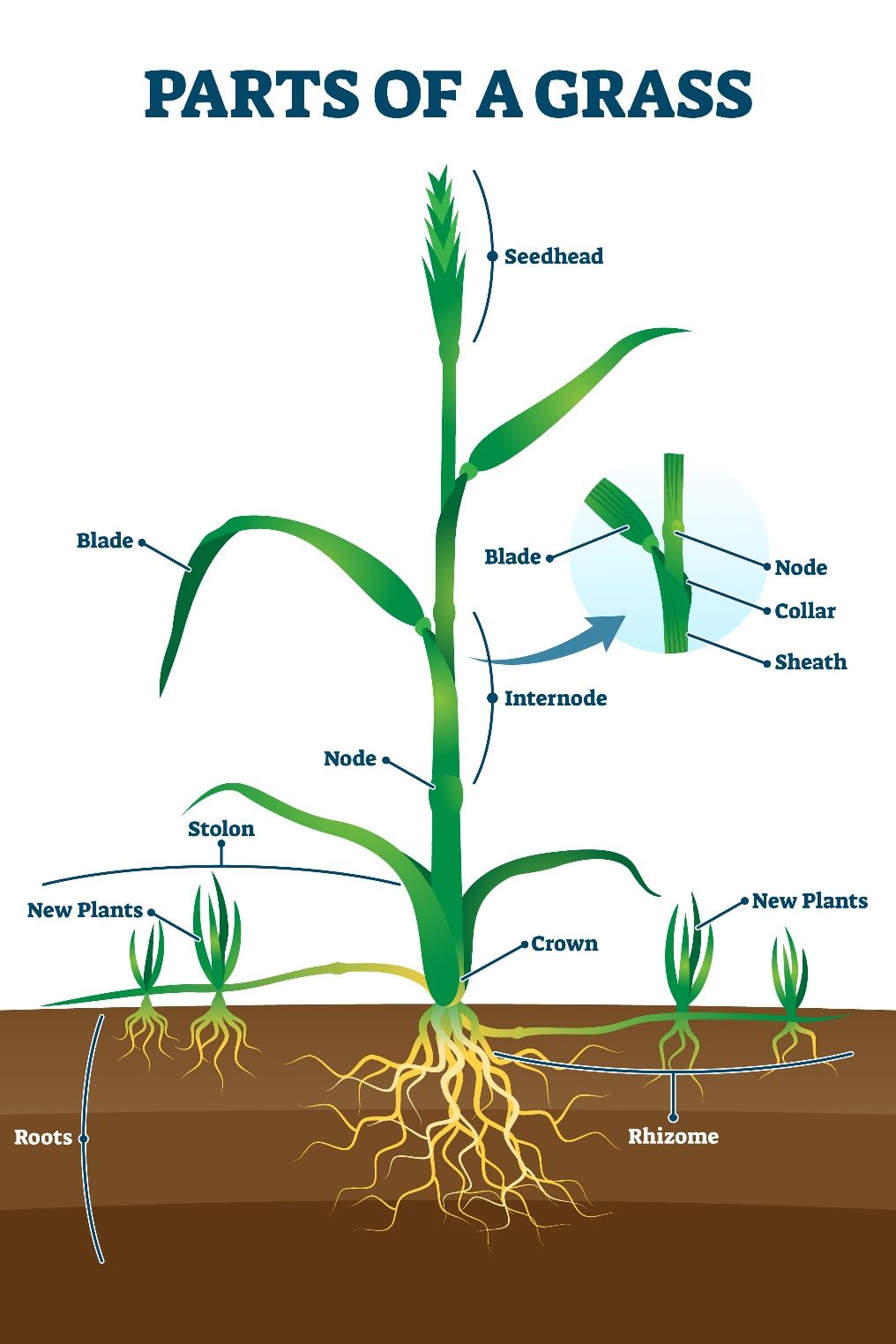
Credit: VectorMine –
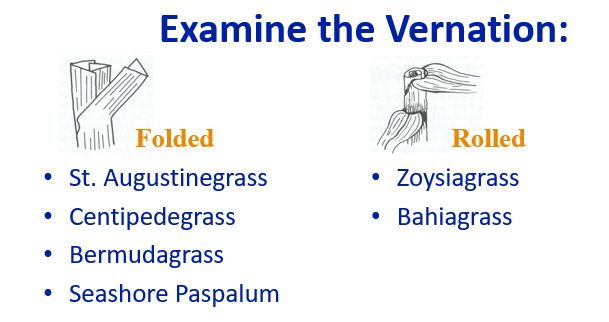
Credit: Kevin Kenworthy, UF/IFAS
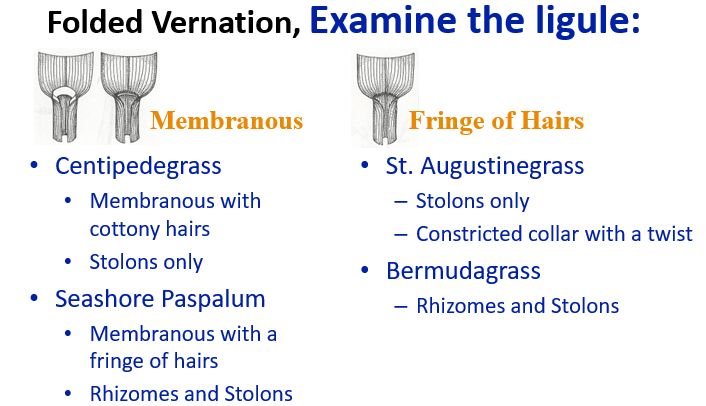
Credit: Kevin Kenworthy, UF/IFAS
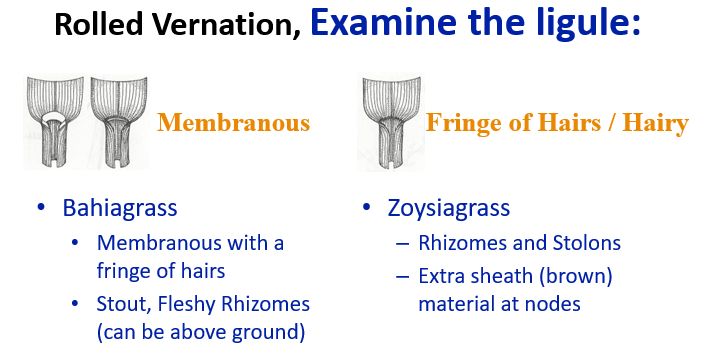
Credit: Kevin Kenworthy, UF/IFAS
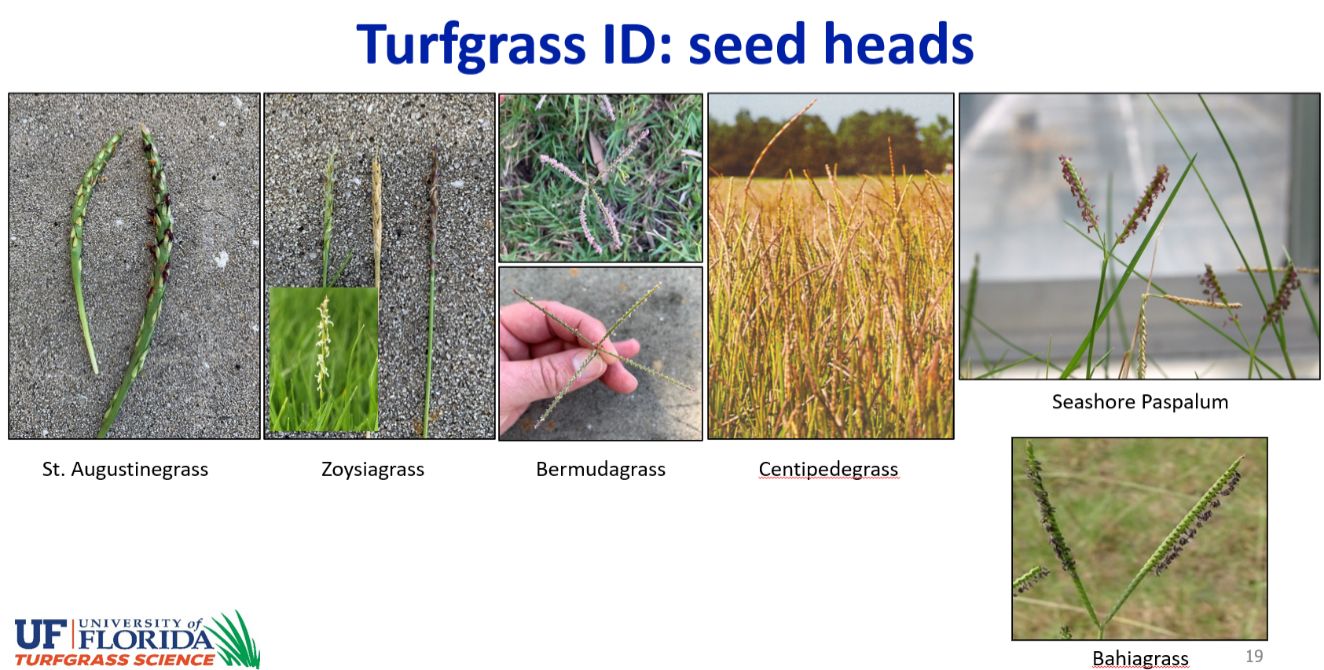
Credit: Kevin Kenworthy, UF/IFAS
Bahiagrass (Paspalum notatum Flugge)
Bahiagrass (Figure 6) is viewed as a low-maintenance turfgrass that does well with limited water and fertilizer inputs. It forms an extensive, deep root system, and it is not prone to forming excessive thatch. However, it does produce tall seedheads, and it forms a relatively open turf canopy (Figure 6). Bahiagrass can be identified from the characteristics in Table 1. For more information on bahiagrass, refer to ENH6, “Bahiagrass for Florida Lawns” (https://edis.ifas.ufl.edu/LH006).
Table 1. Bahiagrass identification characteristics.
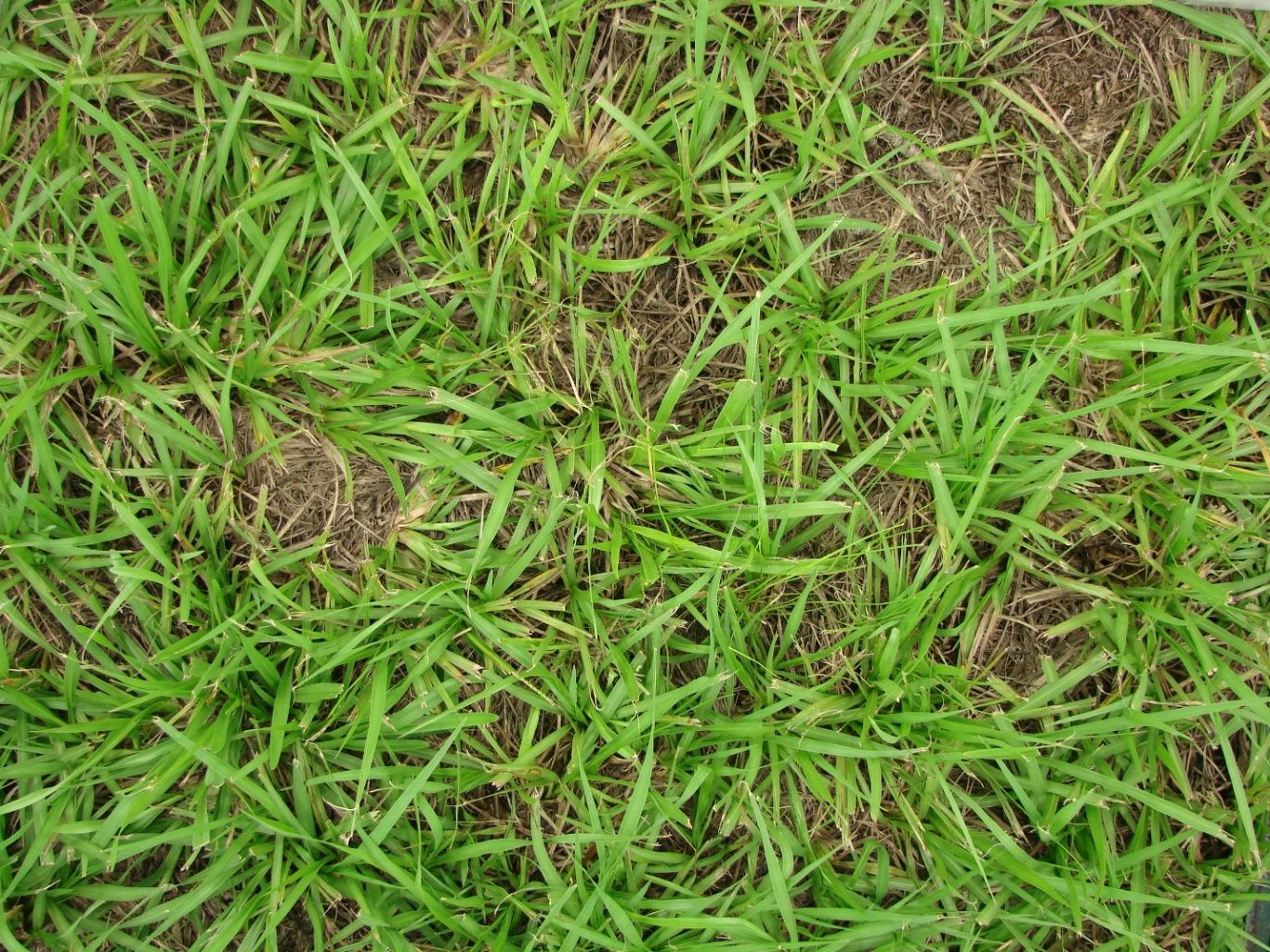
Credit: Natasha Restuccia, UF/IFAS
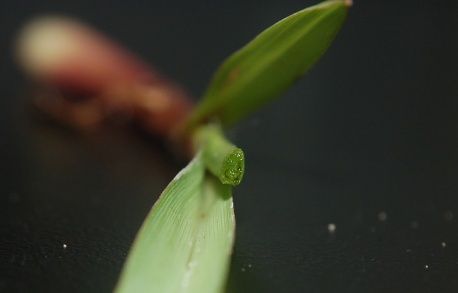
Credit: Kevin Kenworthy, UF/IFAS
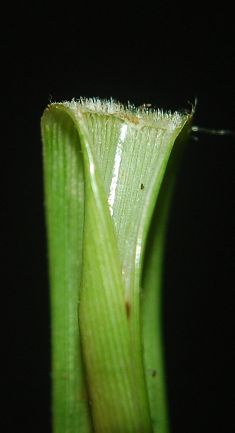
Credit: Kevin Kenworthy, UF/IFAS
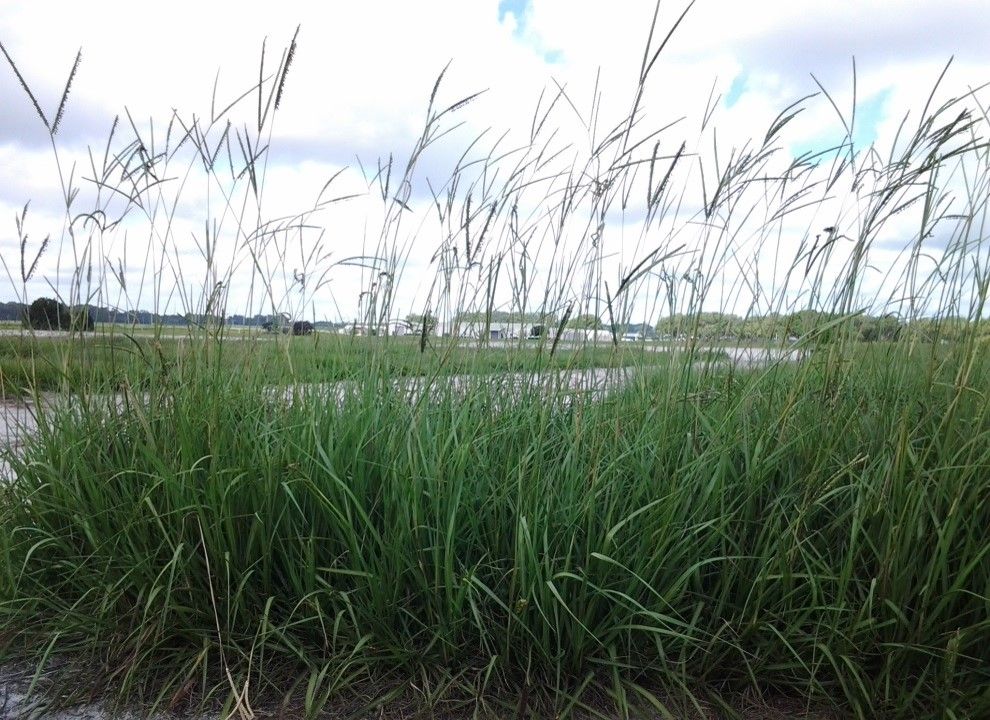
Credit: Kevin Kenworthy, UF/IFAS
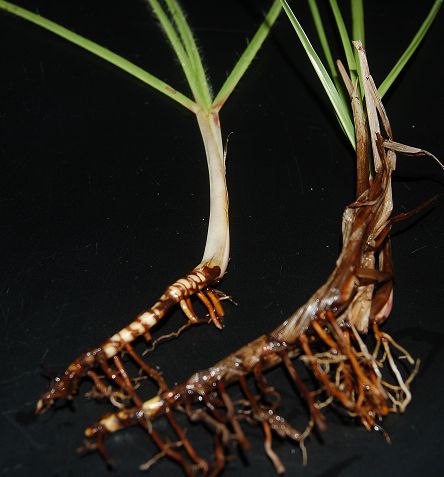
Credit: Kevin Kenworthy, UF/IFAS
Bermudagrass (Cynodon spp.)
Bermudagrass (Figure 11) is viewed as a high-maintenance turfgrass, and generally, it requires greater input levels compared to other Florida lawn grasses. It produces a vigorous, dense turf when managed properly. However, it can have poor tolerance to many pests, and it has poor cold and shade tolerance. Additionally, excessive thatch buildup is common due to its aggressive growth. Bermudagrass can be identified from characteristics in Table 2. For more information on bermudagrass, refer to ENH19, “Bermudagrass for Florida Lawns” (https://edis.ifas.ufl.edu/LH007).
Table 2. Bermudagrass identification characteristics.
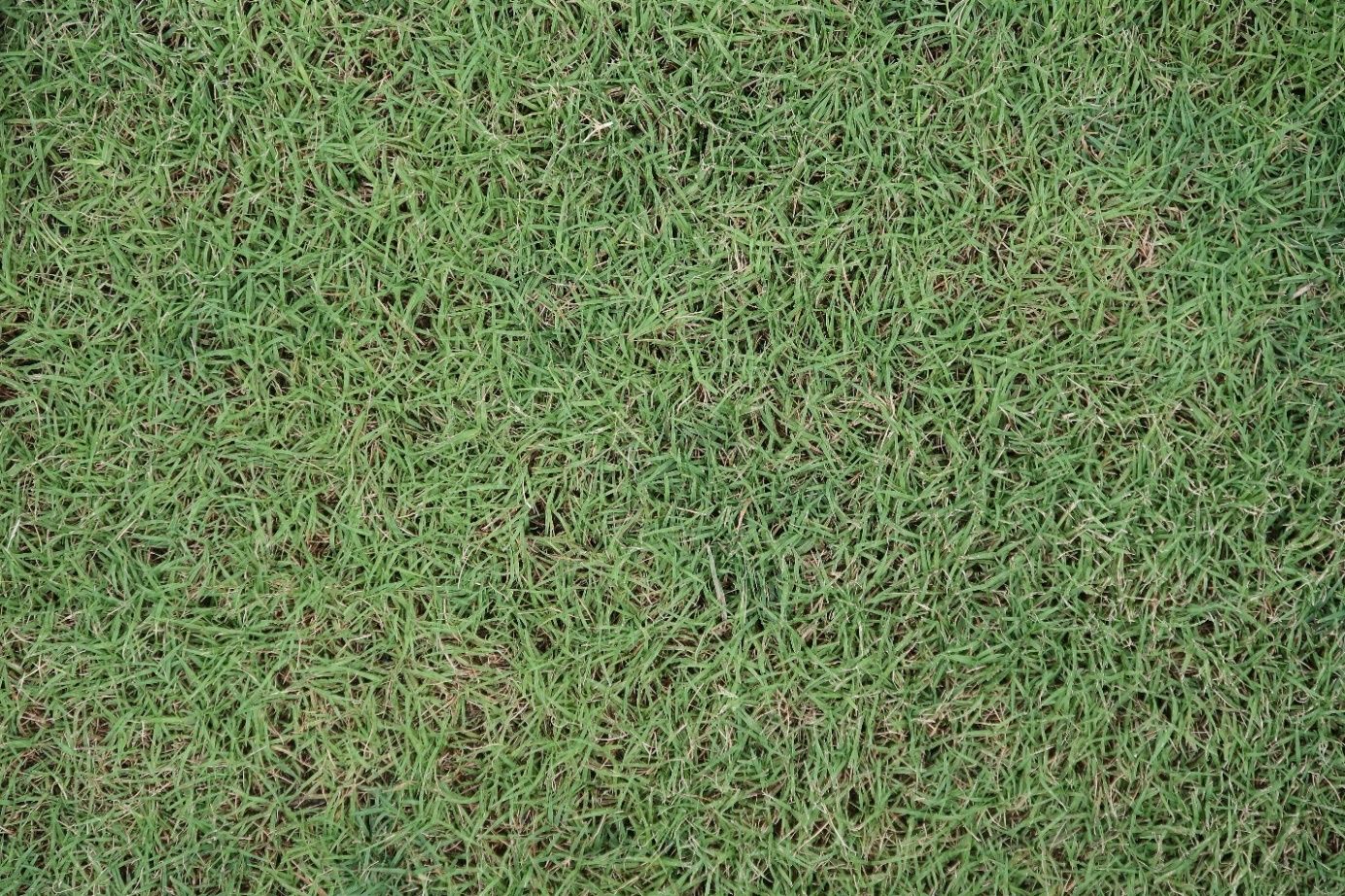
Credit: Natasha Restuccia, UF/IFAS
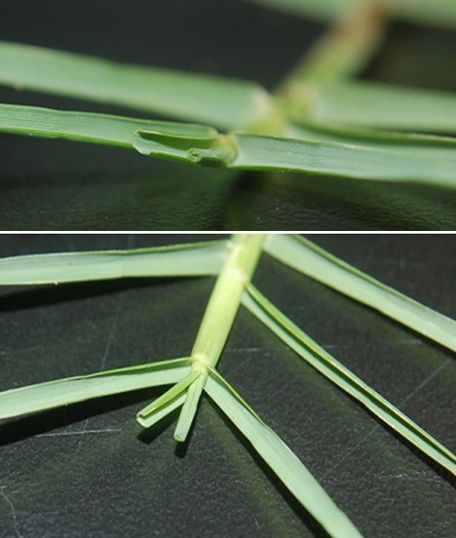
Credit: Kevin Kenworthy, UF/IFAS

Credit: Kevin Kenworthy and Jason Kruse, UF/IFAS
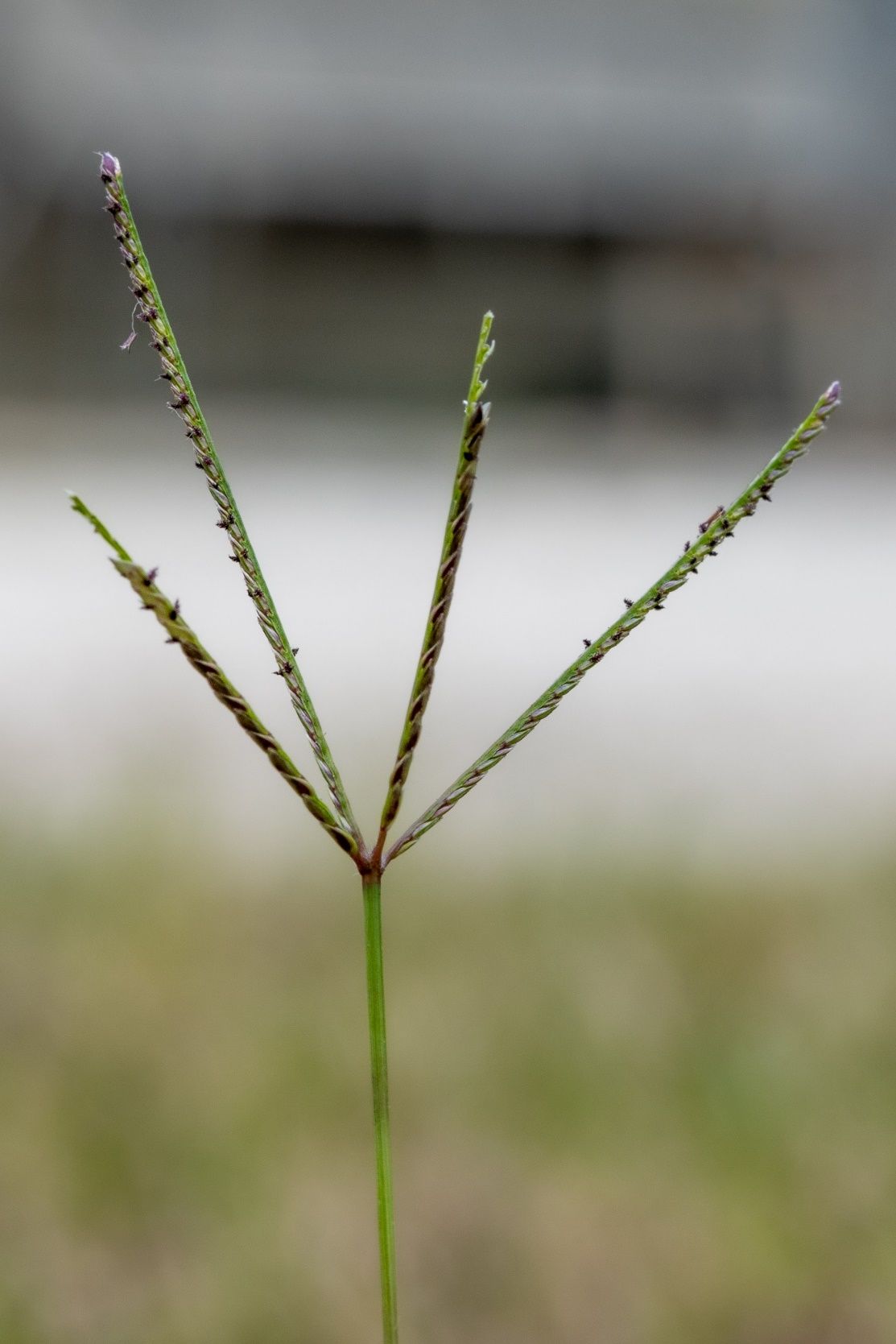
Credit: Pawel Petelewicz, UF/IFAS
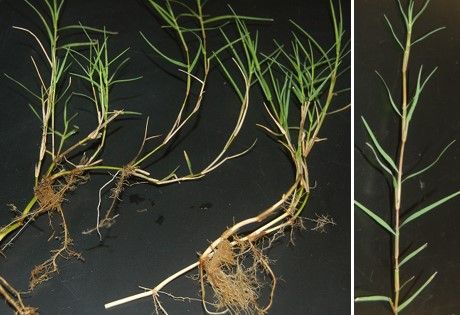
Credit: Kevin Kenworthy, UF/IFAS
Centipedegrass (Eremochloa ophiuroides [Munro] Hack.)
Centipedegrass (Figure 16) is viewed as a low-maintenance, slow-growing turfgrass that has low fertility requirements and grows well in acidic soils. It grows close to the ground and has a lighter green color than other Florida lawn grasses. Mismanagement, especially overfertilizing with nitrogen, can increase pest problems and reduce cold tolerance. Centipedegrass can be identified from the characteristics in Table 3. For more information on centipedegrass, refer to ENH8, “Centipedegrass for Florida Lawns” (https://edis.ifas.ufl.edu/LH009).
Table 3. Centipedegrass identification characteristics.

Credit: Chase McKeithen, UF/IFAS
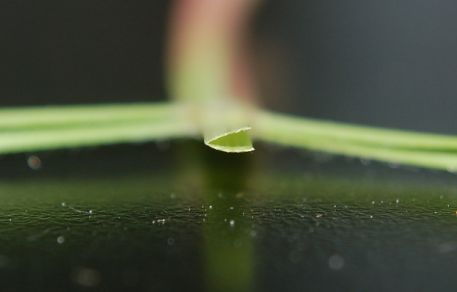
Credit: Kevin Kenworthy, UF/IFAS
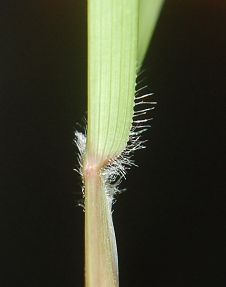
Credit: Kevin Kenworthy, UF/IFAS
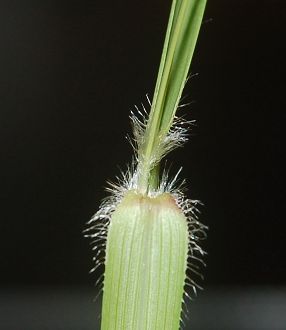
Credit: Kevin Kenworthy, UF/IFAS
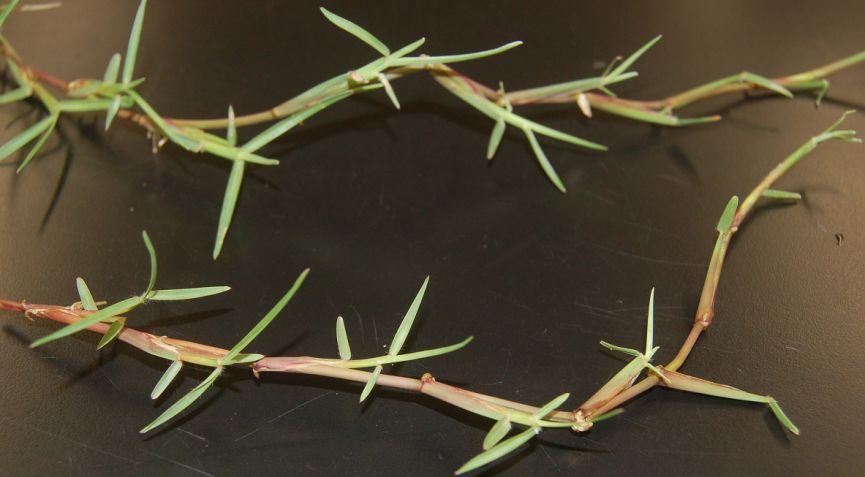
Credit: Kevin Kenworthy, UF/IFAS
Seashore Paspalum (Paspalum vaginatum Swartz.)
Seashore paspalum (Figure 21) is viewed as a higher-maintenance turfgrass that does well in areas with high salinity. It produces a dense, dark-green turf when managed properly. However, it is prone to excessive thatch buildup. It has poor cold and shade tolerance, but it can withstand extended periods of low light intensity. Seashore paspalum can be identified from the characteristics in Table 4.
Table 4. Seashore paspalum identification characteristics.
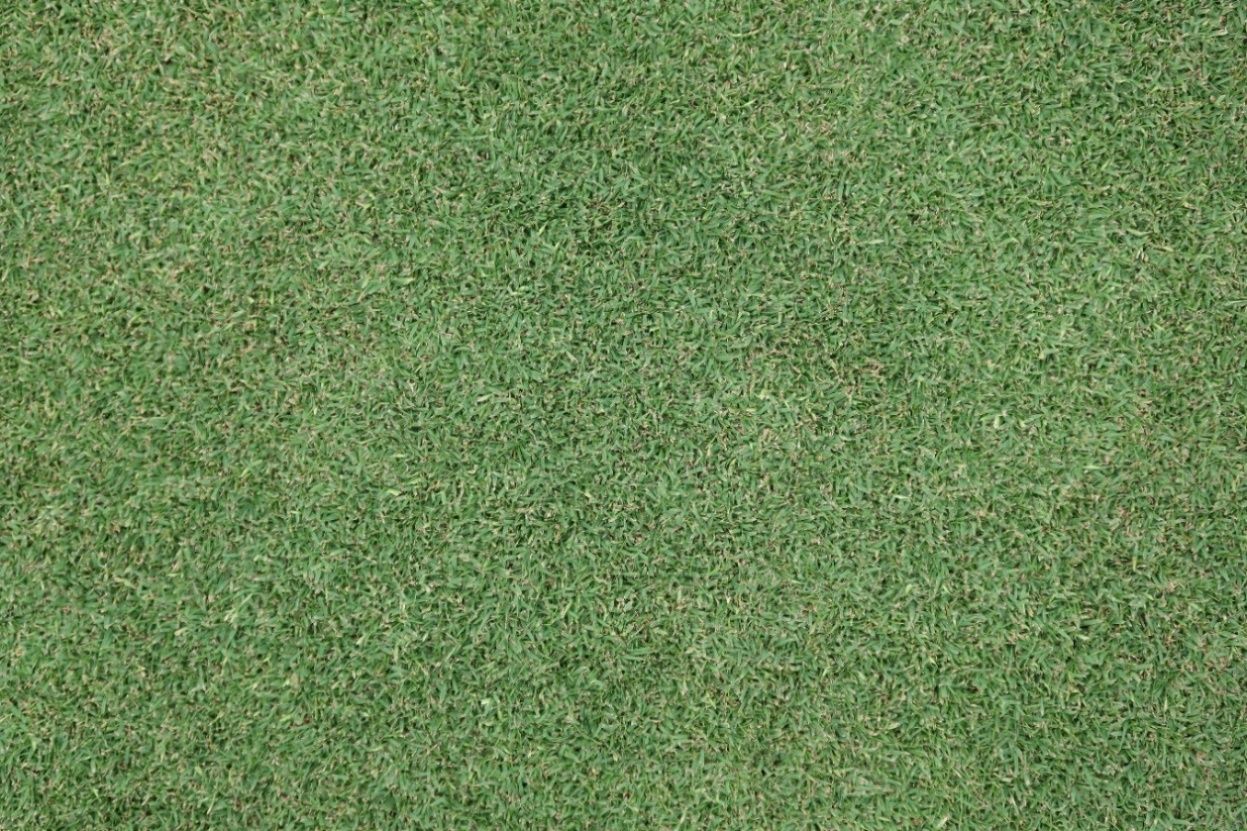
Credit: A.J. Lindsey, UF/IFAS
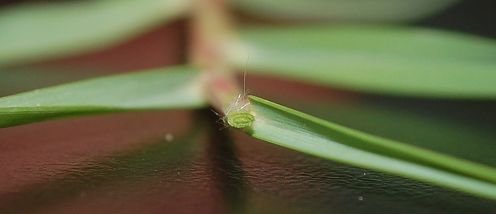
Credit: Kevin Kenworthy, UF/IFAS
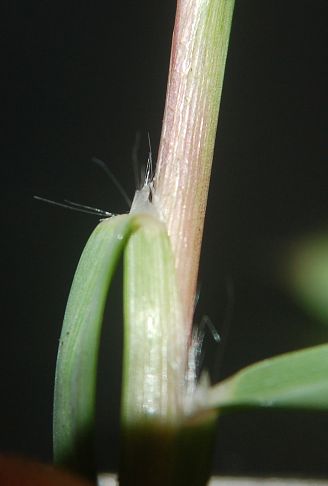
Credit: Kevin Kenworthy, UF/IFAS
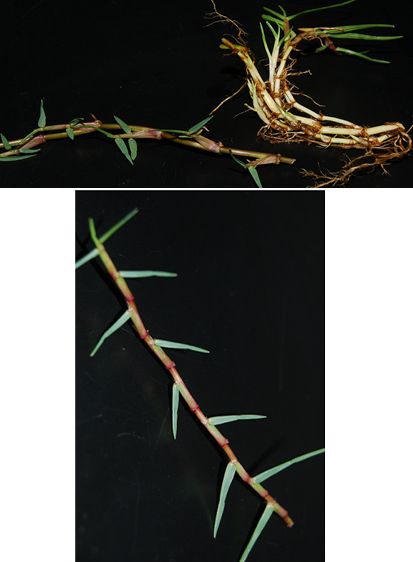
Credit: Kevin Kenworthy, UF/IFAS
St. Augustinegrass (Stenotaphrum secundatum [Walt.] Kuntze)
St. Augustinegrass (Figure 25) is adapted to most soils and climatic regions in Florida. It produces a dense, green to blue-green turf. It has relatively good salt tolerance, and certain cultivars have better shade tolerance than other Florida lawn grasses. However, it can produce excessive thatch when mismanaged, and it has poor wear tolerance. St. Augustinegrass, which is the most distinct turfgrass species in Florida, can be identified from the characteristics in Table 5. For more information on St. Augustinegrass, refer to ENH5, “St. Augustinegrass for Florida Lawns” (https://edis.ifas.ufl.edu/LH010).
Table 5. St. Augustinegrass identification characteristics.
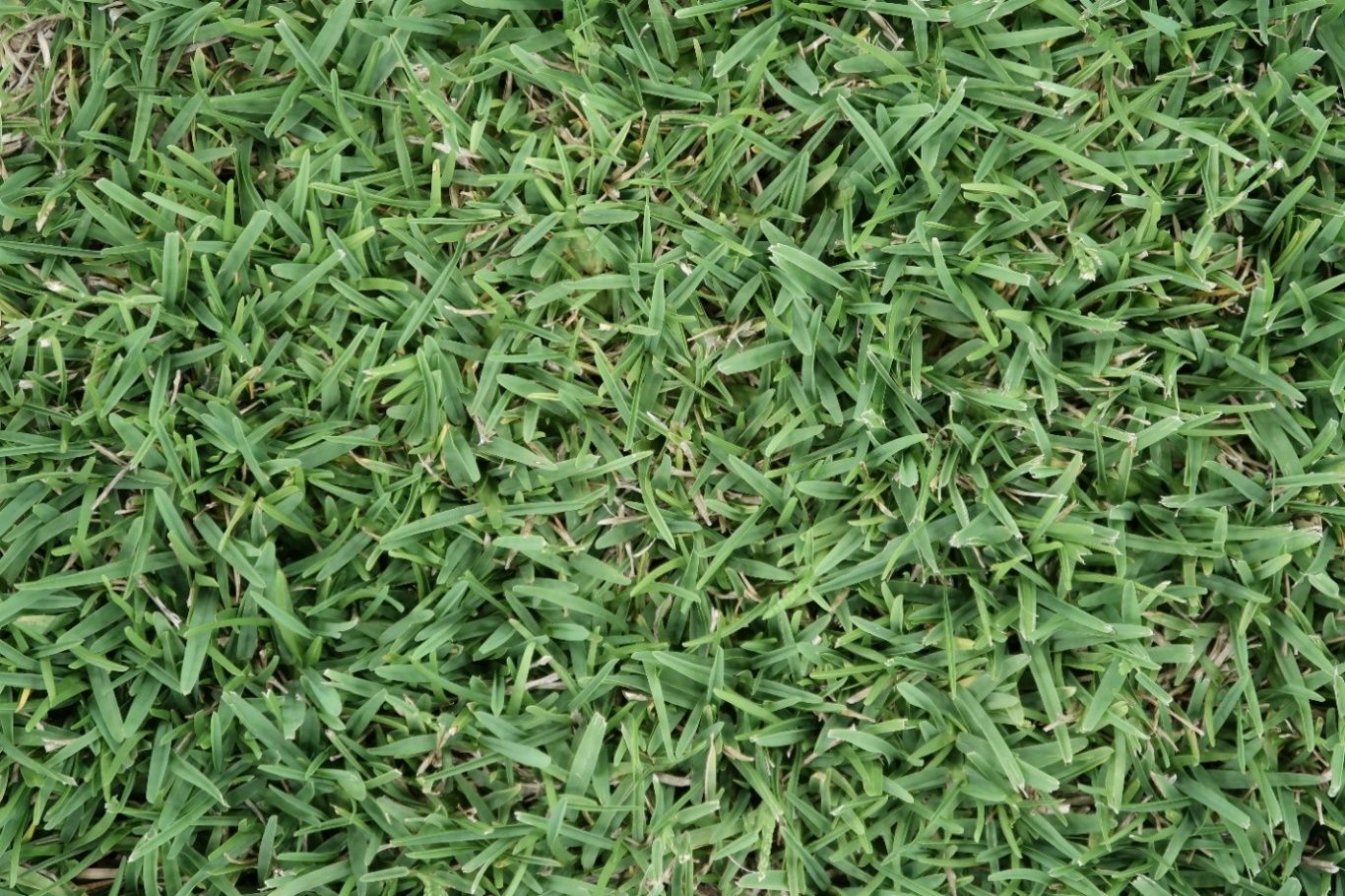
Credit: Natasha Restuccia, UF/IFAS
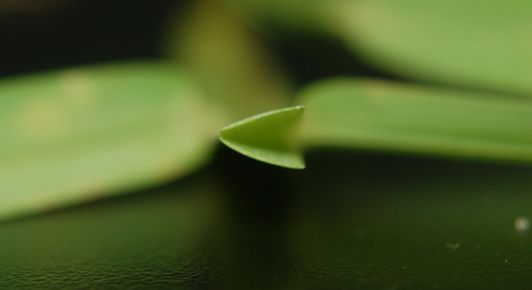
Credit: Kevin Kenworthy, UF/IFAS

Credit: Kevin Kenworthy, UF/IFAS
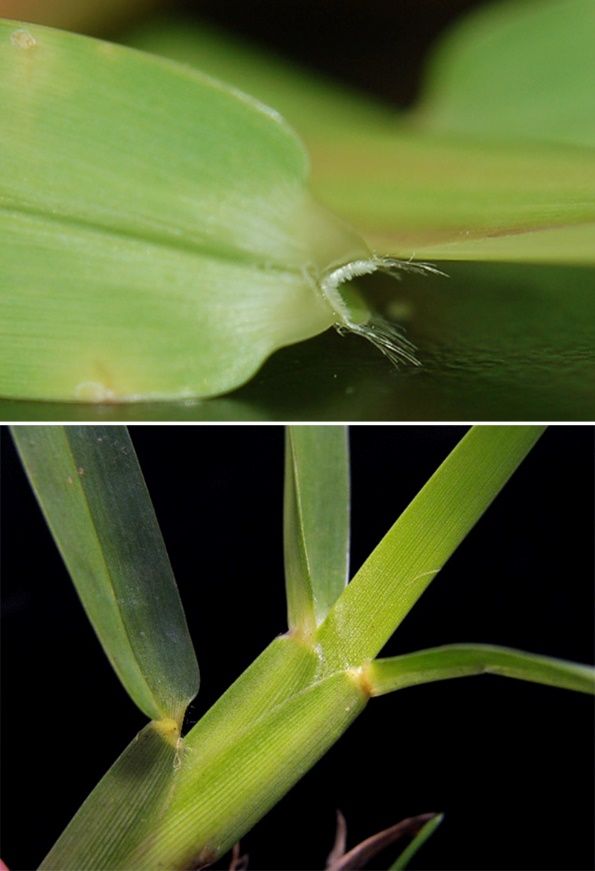
Credit: Kevin Kenworthy and Jason Kruse, UF/IFAS
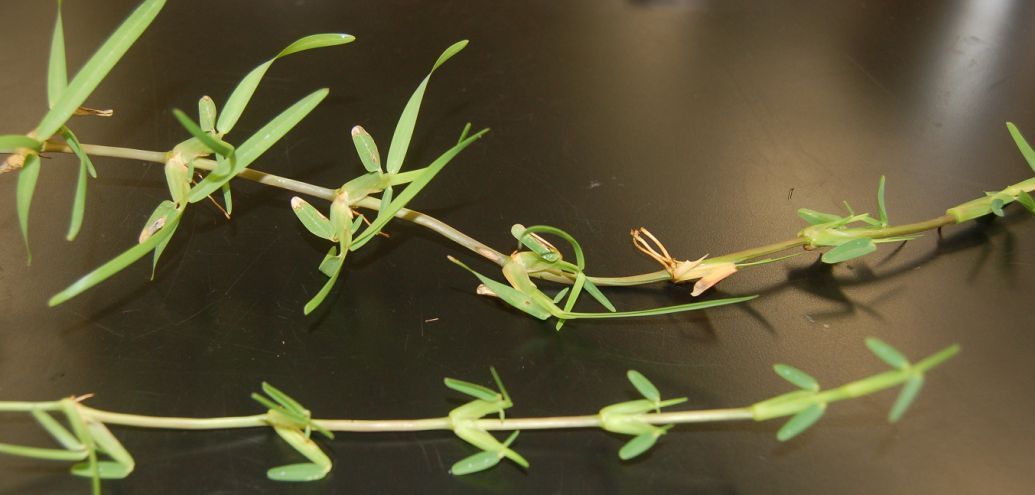
Credit: Kevin Kenworthy, UF/IFAS
Zoysiagrass (Zoysia spp.)
Zoysiagrass (Figure 30) is adapted to a variety of soils and climatic regions in Florida; however, zoysiagrass maintenance is different from other Florida lawn grasses. Improper maintenance practices generally lead to undesirable turfgrass. Zoysiagrass produces a dense turf stand that is resistant to weed invasion when properly managed, and it has good salt, traffic, and shade tolerance. However, it can produce excessive thatch when mismanaged. Zoysiagrass can be identified from the characteristics in Table 6. For more information on zoysiagrass, refer to ENH11, “Zoysiagrass for Florida Lawns” (https://edis.ifas.ufl.edu/LH011).
Table 6. Zoysiagrass identification characteristics.
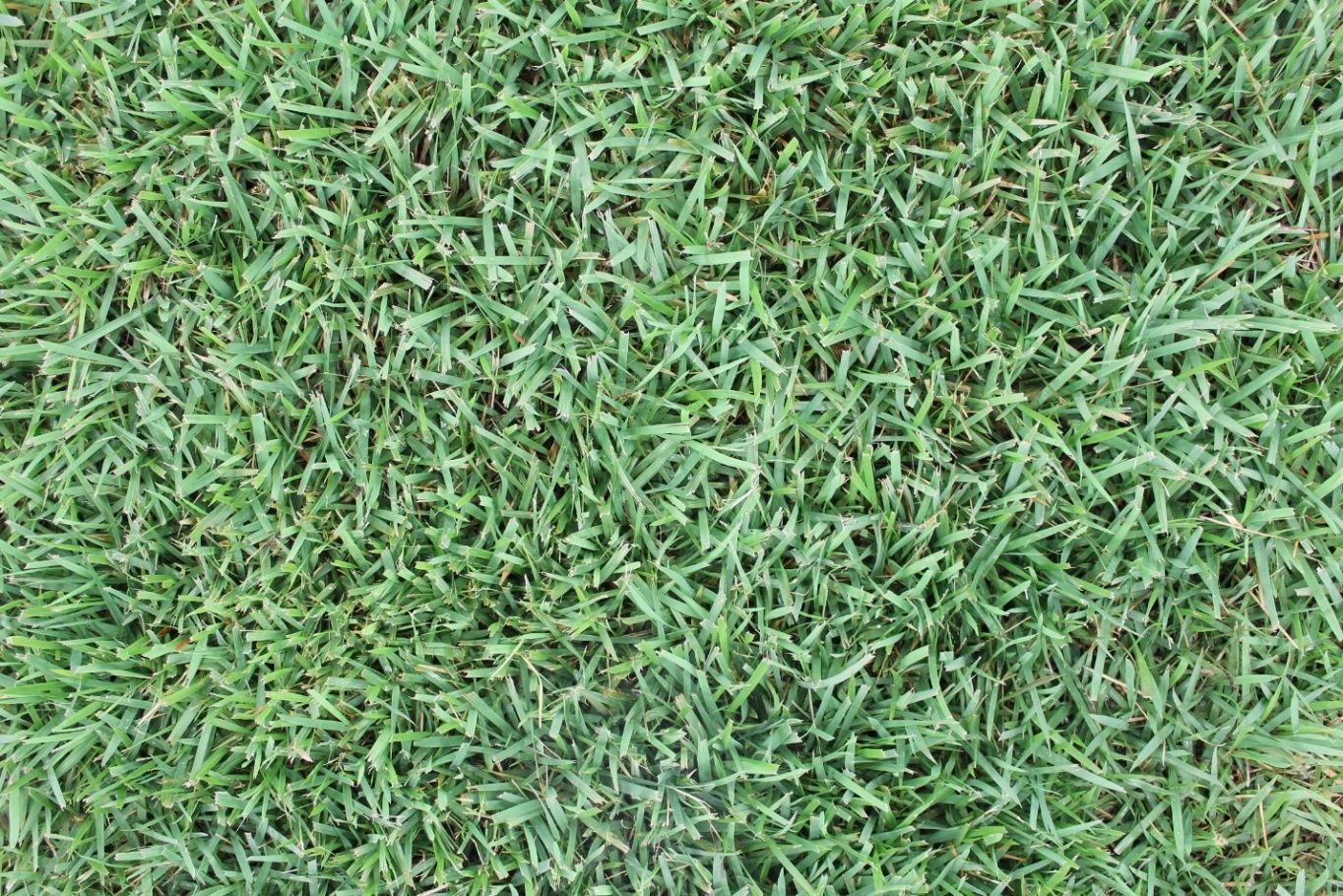
Credit: Natasha Restuccia, UF/IFAS
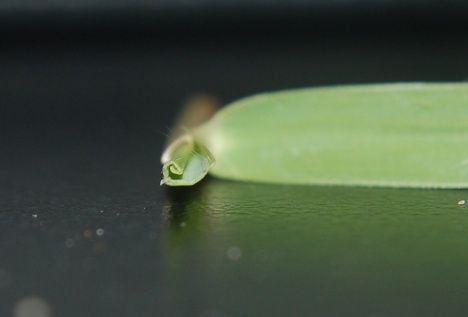
Credit: Kevin Kenworthy, UF/IFAS
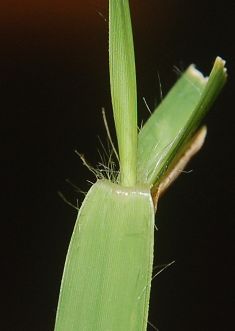
Credit: Kevin Kenworthy and Jason Kruse, UF/IFAS
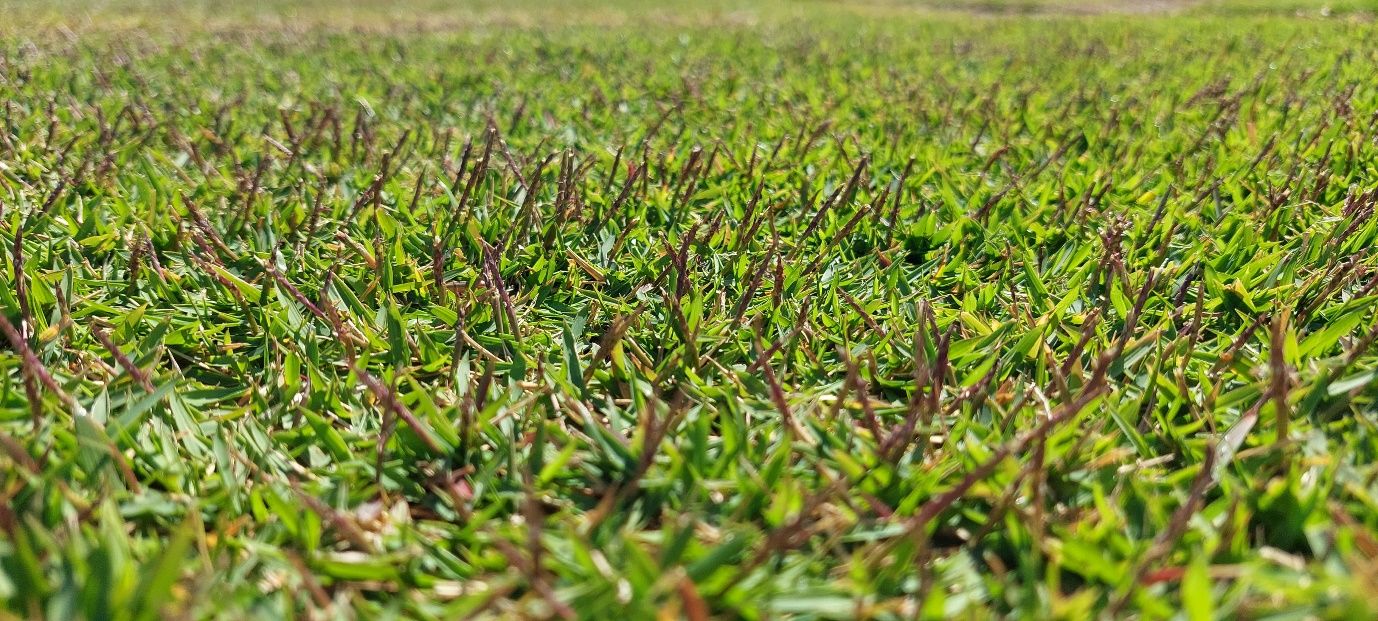
Credit: Alejandra Sierra, UF/IFAS
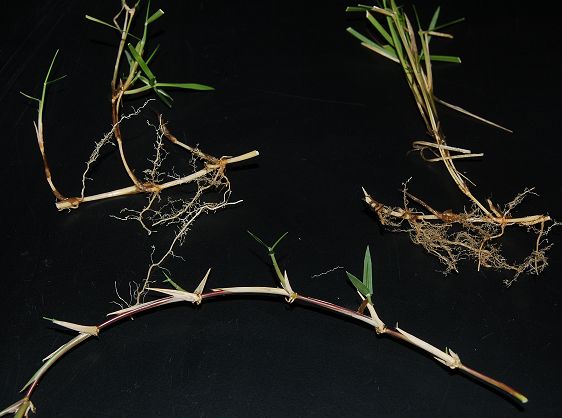
Credit: Kevin Kenworthy, UF/IFAS
Table 7. Summary table of turfgrass identification characteristics.